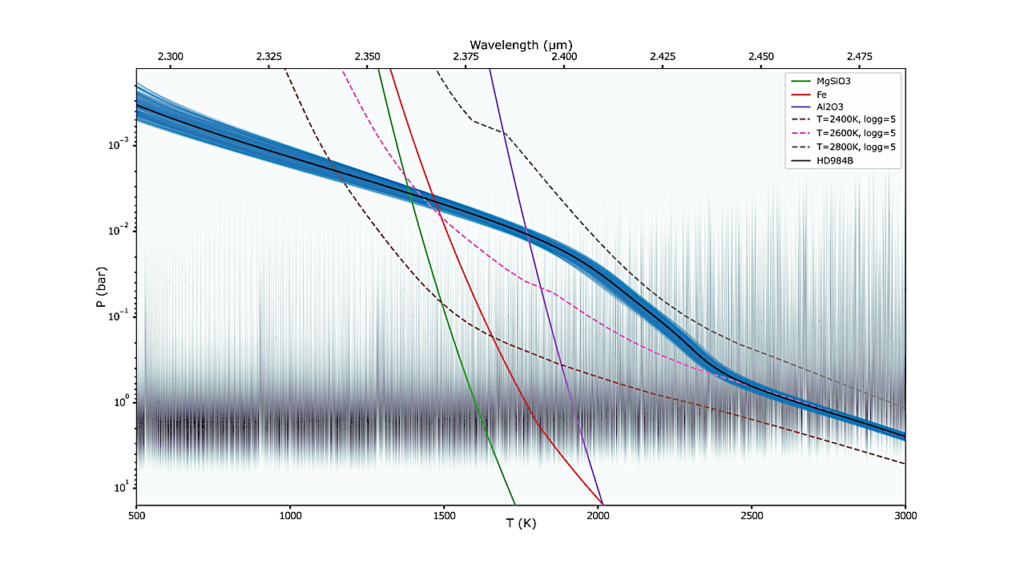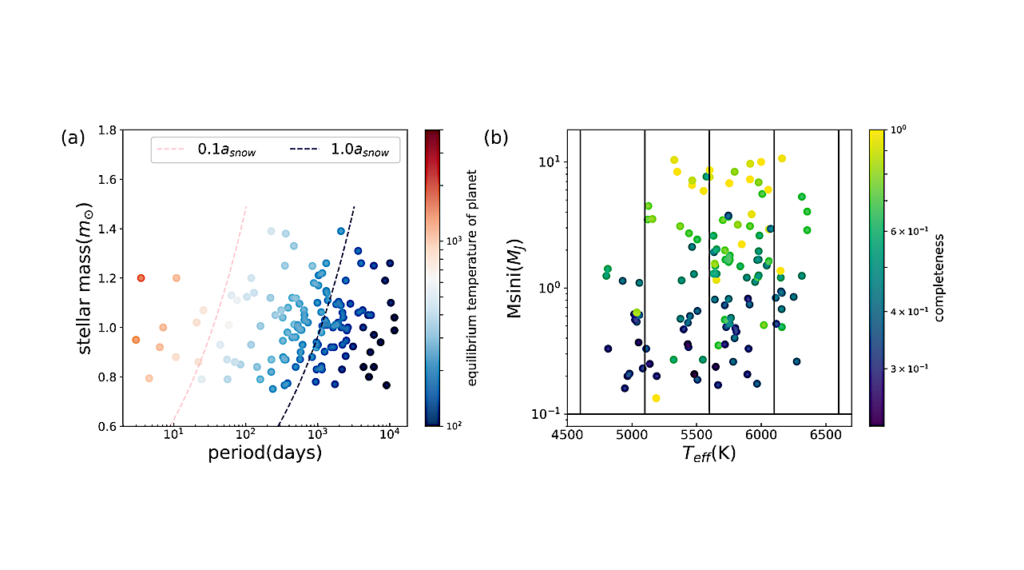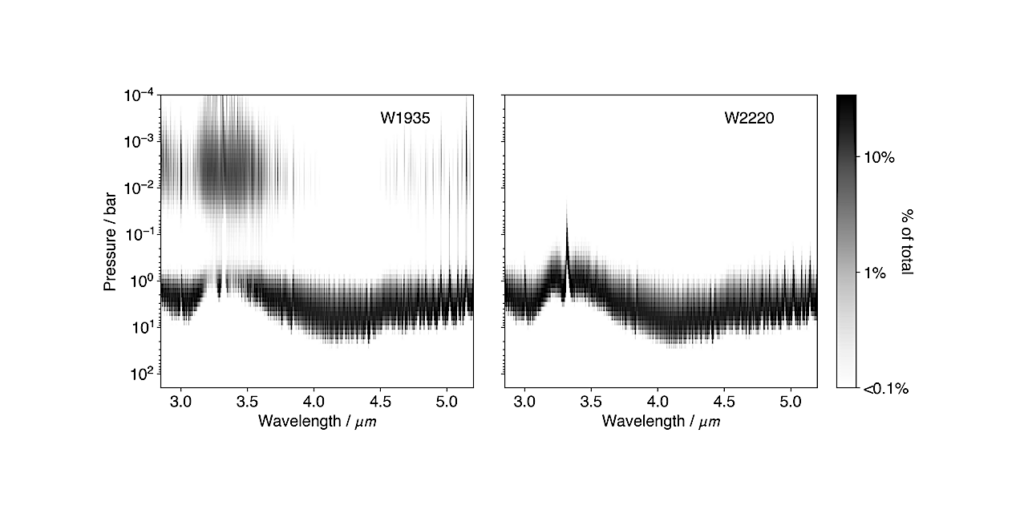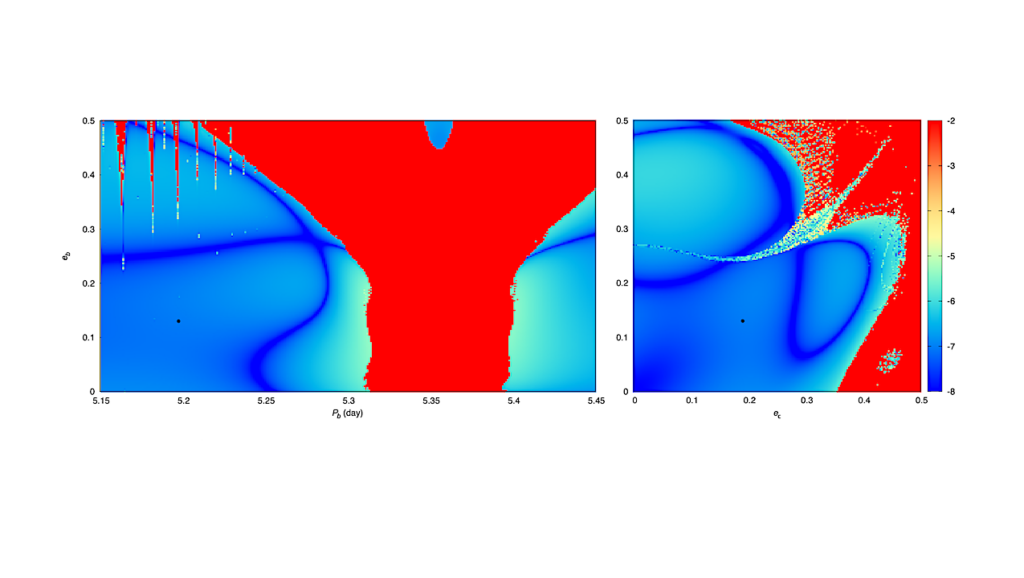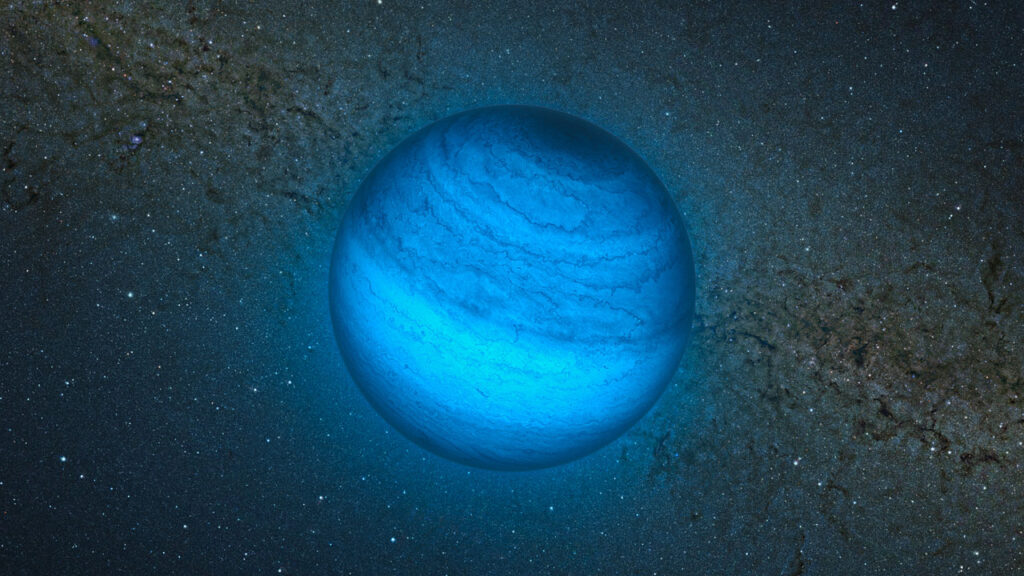Initial Reconaissance of a Transiting Rocky Planet in a Nearby M-Dwarf's Habitable Zone

We have just discovered a transiting terrestrial planet in a small nearby star’s habitable zone. Due to the proximity of the host star and the size of the transit depth, possible constituents for this planet’s atmosphere can be detected with the Hubble Space Telescope. Here we propose to use STIS to obtain observations of the host star at Lyman-alpha.
A detection of the host star at Lyman- alpha wavelengths will pave the way for observations of Lyman-alpha transits in Cycle 25. The stellar activity UV is an important constraint for future atmospheric modeling, atmospheric escape, and interpreting possible future detections of Oxygen and ozone with JWST or future ELTs. We also propose to obtain two transit observations with WFC3/IR to search for absorption features from a cloud-free, hydrogen rich atmosphere. Detection of a low mean molecular weight atmosphere means future observations should span a broad wavelength range, while a high mean molecular weight atmosphere means future observations should go deeper over a more narrow wavelength range. The results of this Hubble/STIS and Hubble/WFC3 investigation would inform the optimal strategy to observe this object in Cycle 25 and for JWST’s GTO program (to be proposed in April 2017 and finalized September 2017).
OBSERVING DESCRIPTION
We will observe two transits of the terrestrial planet LHS 1140b with WFC3/IR grism spectroscopy. LHS 1140b resides in the habitable zone of its host star and has a 24.73712 +/- 0.00025 day period. This, combined with the visibility window of HST, means that there are only 2 transits visible with HST before the Cycle 25 proposal deadline, and only one additional transit visible with HST before the Cycle 25 mid-cycle proposal deadline.
We will observe two transits of the rocky exoplanet LHS 1140b with WFC3/IR grism spectroscopy. The core science observations consist of continuous high-cadence spectra, taken during the transit with the G141 grism. We will use these data to measure the wavelength-dependent transit depth from 1.1 to 1.7 microns in order to determine if LHS 1140’s atmosphere is dominated by hydrogen.
We will use a spatial scan for the transit observations, to maximize duty cycle and to mitigate flat-fielding uncertainties by averaging over many
2
Proposal 14888 (STScI Edit Number: 0, Created: Monday, January 9, 2017 9:14:57 PM EST) – Overview
pixels. We have chosen a scan rate of 0.14″/second to maintain a similar S/N ratio as observations of GJ 1214b performed by Kreidberg et al. (2014). The scan speed is slow enough, and the observing field sparse enough, that LHS 1140’s spectrum will not overlap with other stars in the field, given our mild ORIENT constraints.
During the first orbit of each visit (which is usually discarded from transit science observations), we will gather direct images as well as deep imaging spectra in stare-mode (without a spatial scan).
Visits 3 and 4 are deep UV exposures designed to determine if LHS 1140 (the host star) emits at Ly-alpha. These observations are not connected to Visits 1 or 2 in any way and can be scheduled any time out of transit.
Full observation results at STSCI


